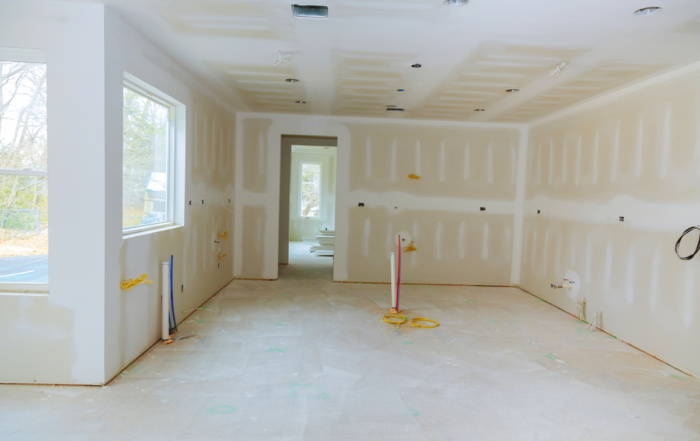
How Roofing Underlayment Helps Protect Your Home
Every homeowner is aware of the value of a roof underlayment and its accompanying components to the strength and aesthetics of their house. A roof shields the attic from bad weather and insulates your home from the winter cold and the extreme heat in the summer, allowing for optimal ventilation.
A strong roof is far more than just shingles. Roofing underlayment is a crucial component of your roof that helps it stay dry and protected from the elements. This article explains all you should know about roofing underlayments and their benefits for your roof.
What Is Roofing Underlayment and What Does It Do?
A roofing underlayment is a water-resistant or waterproof substance that is placed directly on a roof deck before laying other roofing materials. It serves as a barrier to keep leaks and the impacts of bad weather out of your house and off the roof deck. Roofing underlayment’s aim is to provide a moisture-resistant layer underneath your roof shingles.
Roofing underlayment types can be categorized as follows:
- Asphalt Saturated Felt: This type of felt is made primarily of pulped wastepaper, asphalt, polyester, and other elements.
- Synthetic underlayment: Non-bitumen synthetic underlayment incorporates fiberglass into the mix for a higher-quality product.
- Rubberized asphalt: This type of asphalt is made out of rubber and asphalt polymers. It’s usually the most expensive, but it also offers the most security.
An experienced contractor will most likely install two separate underlays in a modern roof system to enhance your home’s protection from the weather. The first underlayment would be a water membrane and waterproof ice installed along the roof’s perimeter to prevent ice damming, as well as regions where roof planes join together to form valleys, which inherently channel high water flow in rainy weather.
The second underlayment is a material that is water and tear-resistant and covers the remaining roof deck sections. It also offers a walking surface to increase safety for the roof installation personnel.
The Advantages of Roofing Underlayments for Your Home
Adding a level of safety between your structural roofing frame and tiles improves not only the longevity and durability of your property’s roof but also your quality of life.
Underlays are often the unsung heroes of home roofing, but here are some of the benefits they offer:
- Weatherproofing
The shingles on your roof are usually your roof’s first line of defense in combating the weather, underlay protects both the structure of your roof and the property’s interior. If your shingles start to break down, this additional layer of protection will protect you from leaks, water damage, mold, mildew, and repairs you don’t need.
- Curb appeal
Although your roof structure may not be perfectly flat on its own, roofing underlay can help you place your shingles on an even, homogeneous surface. Roofing underlayment installation can add to the overall curb appeal of your home by keeping it looking clean.
- Efficient use of energy
While shingles can break, crack, and weaken with time, your underlay can provide an additional layer of insulation to your home, preventing air from escaping or entering. As a result, it acts as an extra line of defense that helps you save money on energy in the long term.
- It safeguards the roof deck
Roofing underlay perfectly covers the roof frame to prevent water or air infiltration. The roofing underlayment requirements can safeguard the wood from the environment, mold, and damage by protecting the roof deck.
- Moisture resistant barrier
The majority of underlay materials are, at the very least, water-resistant. To ensure that your roof is successfully protected, consider the form, slope, and local environment while selecting the appropriate roofing underlayment solution for your property.
- Ice and water damage protection
Excess rain, ice formations, and snow can strain your roof during severe winters. Rather than causing leaks, mold, or water damage, the water-resistant layer will seal the areas around the frame, preventing water from entering and causing harm to your home.
- Enhances mental well-being
It’s not uncommon for homeowners to be concerned about their roofs during severe weather, which includes strong winds, rain, and snow. You and your family may rest assured that your home’s roof will remain sturdy and trustworthy for several years to come if you have your underlayment placed by a licensed professional.
Is It Necessary to Use Roofing Underlayment?
If you live in Florida, or anyplace else in the country, roofing underlayment can be an extra layer of protection for your roof, and it’s highly recommended. These regions frequently see severe storms, including tornadoes, hail, and heavy snowfall, all of which can harm your roof and result in leaks in your home. Purchasing a roofing underlayment installation will aid you in preventing leaks and more expensive repairs should anything go wrong with your property’s roof.




